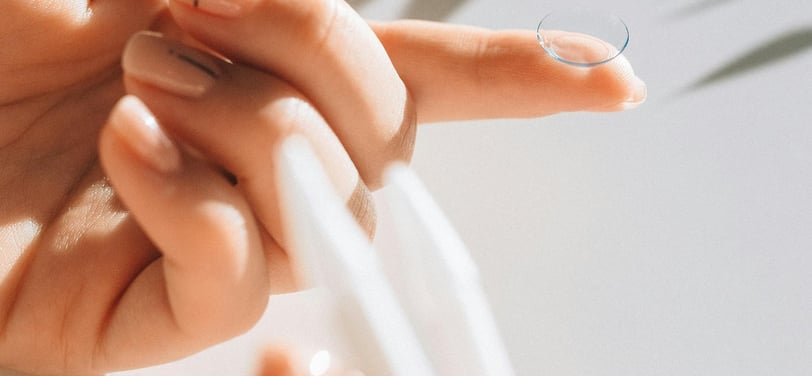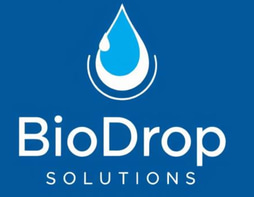Novel Tear Collection Method
We aim to develop an innovative approach to collect microRNA samples from tears, capitalizing on three primary techniques that offer distinct advantages while remaining non-invasive. • Schirmer Strips: These commercially available tools are both user-friendly and convenient for clinical settings, allowing for straightforward tear collection with minimal discomfort. • Capillary Tubes: This technique simplifies post-collection handling and eliminates the need for direct contact with the eye’s surface, thereby enhancing safety and comfort for patients. • Soft Contact Lenses: Representing a groundbreaking method for tear sampling, these specialized lenses gently absorb tear fluid and are especially beneficial for individuals with low tear production. The design permits collection even in cases of reduced tear secretion, thereby allowing for accurate assessments without requiring substantial tear volumes. Moreover, the user-friendly nature of these lenses means patients can utilize them comfortably at home, removing the need for specialized equipment or clinical visits. Importantly, contact lenses function not only as a vision-correction solution for millions around the globe but have also been innovatively transformed into tools for tear collection. Recent research has effectively repurposed standard contact lenses to gather tears, establishing a non-invasive and patient-friendly means to obtain genetic samples. This advancement streamlines the sampling process, minimizes discomfort, and offers a compelling option for patients and researchers engaged in genetic analyses. In this context, we propose to create a novel, reliable, and cost-effective biocompatible material using polyethylene glycol (PEG) for the development of single-use individual lenses that efficiently collect fresh tear fluid. It's crucial to note that the preservation of these samples is fundamental to maintaining the integrity of microRNA. Our PEG-based film will provide a stable environment that ensures a consistent pH level, vital for preserving microRNA in its intact form. This film not only offers physical protection for the samples but also creates optimal conditions for the preservation and analysis of microRNA, thereby significantly enhancing the reliability and accuracy of subsequent studies.
5/25/20251 min read


Revolutionizing disease detection.
